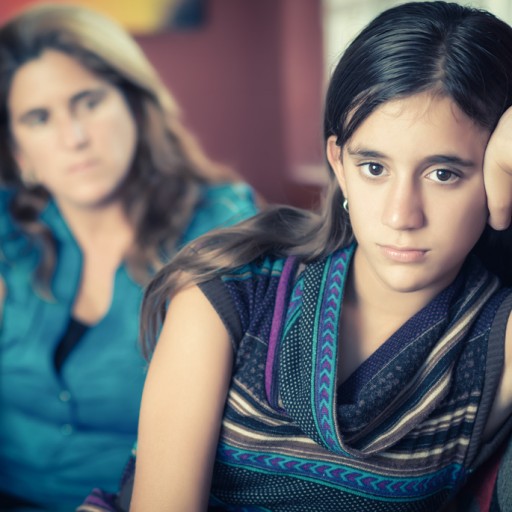The recent proliferation of internet-enabled technology has dramatically changed the way adolescents encounter and consume sexually explicit material.
Such material, traditionally only sourced through magazines, videos or at the end of a personal computer which was attached to a telephone line, is now, in today’s world easier than ever to access.
The ubiquity of the internet and the multitude of electronic devices available to teenagers such as laptops, mobile phones, and video game consoles, means sexually explicit material is only ever a few clicks away.
The question we are left asking ourselves as parents, teachers and clinicians is, what impact does exposure to internet pornography have on adolescents?
While it is developmentally normal for adolescents to have sexual curiosity, it seems that these normal sexual curiosities are being satiated by extreme and highly explicit material.
In my practice, I have noticed over the years the increasing pressure on young girls and boys to send explicit images to each other. Does this trend speak to the fact that exposure to such explicit material seems to be normalising highly provocative and risky behaviour for our teens?
I have often wondered, after I have a conversation with a young adult about their use of pornography, whether or not habitual pornography usage irrevocably changes how a young person views sexual relationships?
And does it damage how they view intimacy by changing their perception of sex as primarily physical and causal rather than affectionate and relational?
As a psychotherapist, teacher and more importantly a father of three young girls, I find this recent development quite worrying.
However, there is a dearth of research on this extremely sensitive topic, but in my work, as a systemic psychotherapist, I have met many couples that have come to counselling because pornography has significantly impacted on their marital life.
When I talk to the member of the couple who is experiencing the difficulty they nearly always delineate how early exposure to pornography disturbed the way they have come to view sexual intimacy.
This has led me to conclude that preventing our children from coming into contact with sexually explicit material significantly increases their ability to have normal and healthy relationships in the future.
What teenagers say:
“I sent it because I didn’t want to be called ‘dry’”. These were the words of a desperate young girl who came to me for counselling.
Her entire social world had collapsed because of her desire to fit in.
She had suffered massive psychological trauma after an image she had sent to a boy went around her social circle.
This had left a devastating and indelible mark not only on the girl’s psyche, but also on the boy who had sent it.
As we know, and rightly so, the proliferation of sexually explicit images of minors is a very serious act in today’s world.
The boy, who was slightly older, could have potentially been faced with a criminal record as a sex offender.
This is not an isolated incident and the ramifications for both parties was particularly upsetting and traumatic.
Schools are finally beginning to address this serious issue.
However, for this to be truly effective, we need to employ a joint system approach where the family and the school work together to educate our children about the dangers pornography and the difference between online sexual explicit images and real-life intimacy.
Education is the key to a successful outcome.
The arrival of ubiquitous internet has meant that sexually explicit material is only ever a click away from our children’s fingers.
We must not overreact to this phenomenon or shy away from it because it is sensitive but rather take a commonsense approach to the issue.
We do not want to alienate our children by making them feel shameful for being sexually curious, which is a normal part of a teenager’s development.
However, it is important we monitor their internet usage and that we open up a dialogue about safe internet practices and explain to them the dangers of viewing sexually explicit images.
ADVICE FOR PARENTS1. Set your search engine to restricted mode. If your child uses services like YouTube, be sure you have set the “safe” mode on those platforms as well.2. Kids YouTube is also available. It only contains family-friendly content.3. Use family safety tool services: These tools allow parents to set specific filters to block types of content they find inappropriate.4. You must randomly check your child’s browser history. There are a number of phrases that teenagers use which get around pornography filters, such as ‘Netflix and chill’ which is slang for sex. If you encounter strange phrases click on them and see where they bring you.5. Talk to other parents: See what steps they are taking to protect their children. I know it is a sensitive issue, but the more we talk about it the more we demystify it. This might actually serve to take some of the secrecy and excitement outof it.




